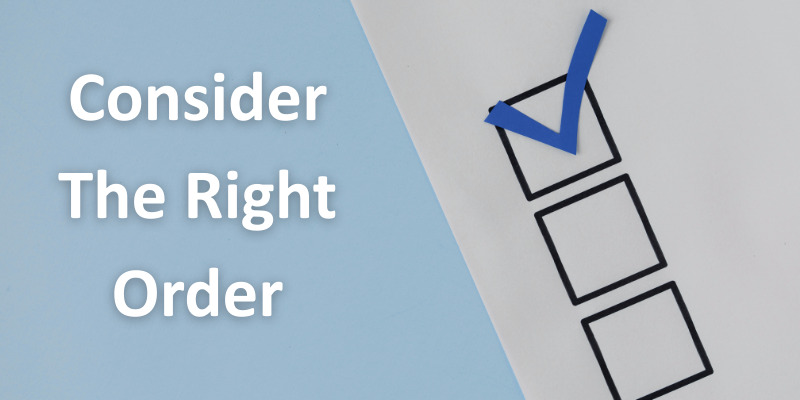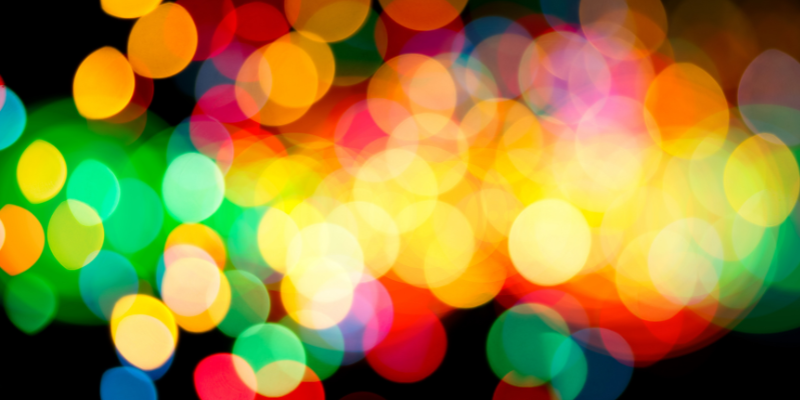Top 5 lighting tweaks that make fluorescence images instantly better
Fluorescence imaging isn’t just about the dye you chose or the camera you bought; it’s mostly about how kindly you treat your photons.
Here are five small, practical tweaks you can try today. No new microscope required – just a couple of cables, a calmer exposure slider, and a smidge of self-discipline.
1) Only light when you shoot
Why it matters: Every photon outside the camera’s exposure is wasted dose. That means extra photobleaching, extra phototoxicity, and grumpy cells.
How to do it: Use a TTL/trigger cable so the LED turns on only during the camera’s exposure window. Treat the light like a silent electronic shutter. Most modern systems support this; on multi-channel rigs (e.g., pE-800 or pE-4000) you can even step through colours frame-by-frame without touching a filter wheel.
Result: Lower dose, cleaner traces, and fewer “why did my signal fade?” moments.


2) Put channels in the right order
Why it matters: Some fluorophores bleach faster than others. If you leave the frail one till last, it may be a faint rumour by the time you reach it.
How to do it: Image dimmest/most bleach-prone first, brightest last. If you’re ratiometric or time-sensitive, alternate in a predictable pattern (e.g., blue → green → red → repeat). Multi-band LED sources make it easy to set an order and stick to it.
Result: More consistent multi-colour data and less rescue work in post.
3) Tame the background (fast)
Why it matters: Background glow buries faint signals and ruins dynamic range.
-
Close the field aperture until it just covers your field of view.
-
Use the right filter set – single-band for single dyes; matched sets for common pairs.
-
Ditch autofluorescent plastics (certain dishes and pipette tips are notorious).
-
Clean optics – one fingerprint can look like a fog bank.
Result: Higher contrast without cranking exposure or gain.


4) Match intensity to the dye (not your eyes)
Why it matters: Your eyes adapt; the camera doesn’t. Over-bright illumination saturates pixels, under-bright starves the signal.
How to do it: Start low and step up. Keep exposure short to reduce blur and dose; use sensor gain modestly to lift dim channels. If your LED has per-channel control, set intensity per dye rather than running everything at one global percentage. (White-light systems like pE-300ultra/pE-400max make the basics easy; multi-channel units let you finesse each colour.)
Result: Better signal-to-noise and fewer blown highlights.
5) Save illumination “recipes”
Why it matters: Reproducibility dies when settings live in someone’s memory.
How to do it: Save named profiles that record wavelength, intensity, exposure and order for each assay. If your light source talks over USB/Ethernet, store them in software so Tuesday morning matches Friday afternoon.
Result: Faster setup, cleaner methods sections, fewer “what did we use last time?” chats.

A one-minute setup routine
Clean the objective and set Köhler.
Close the field aperture to the field of view.
Load the recipe for today’s assay.
Check TTL sync is active; confirm the LED only lights during exposure.
Run a quick exposure sweep (short exposure, step intensity) and pick the cleanest histogram.
Final thought
Good imaging isn’t heroic; it’s habitual. Make the light appear only when you need it, give the most delicate channel first dibs, keep the background honest, and write it all down so future-you doesn’t have to remember.
Do those, and your fluorescence will look crisper, your samples will last longer, and your figures will stop arguing with your reviewers. If you want help wiring a trigger or building a sensible channel order, our team’s more than happy to talk.
Written by Ben Furness / [email protected] / LinkedIn Profile






